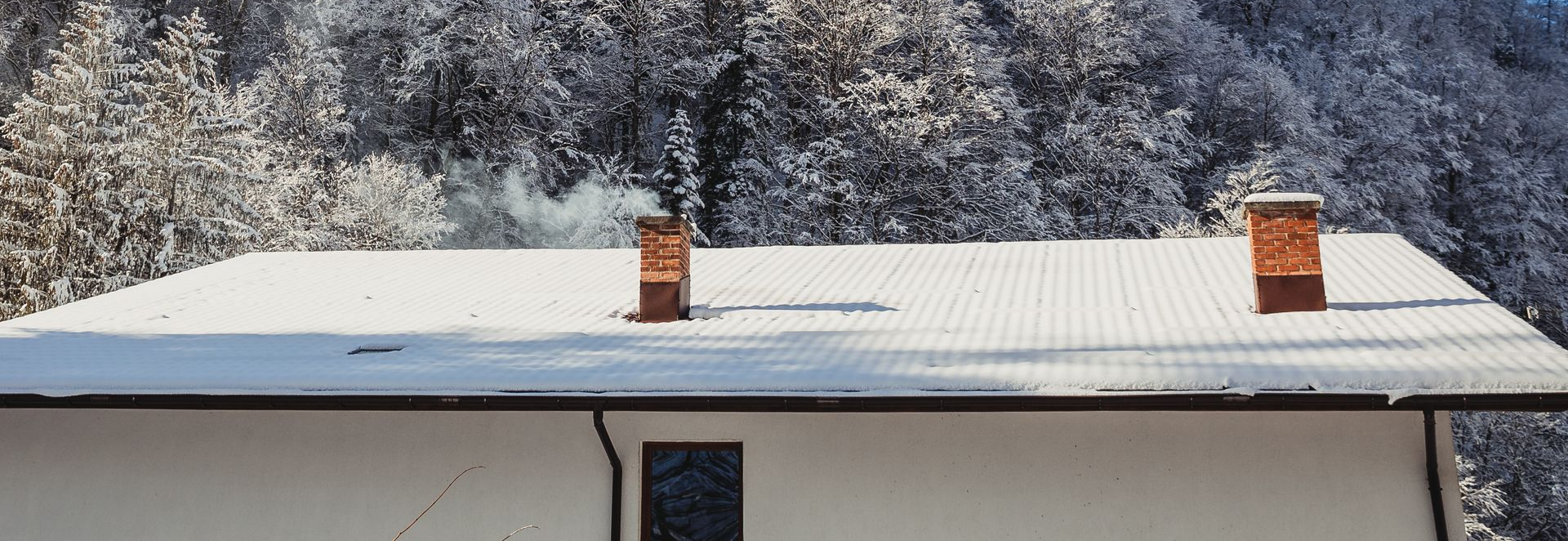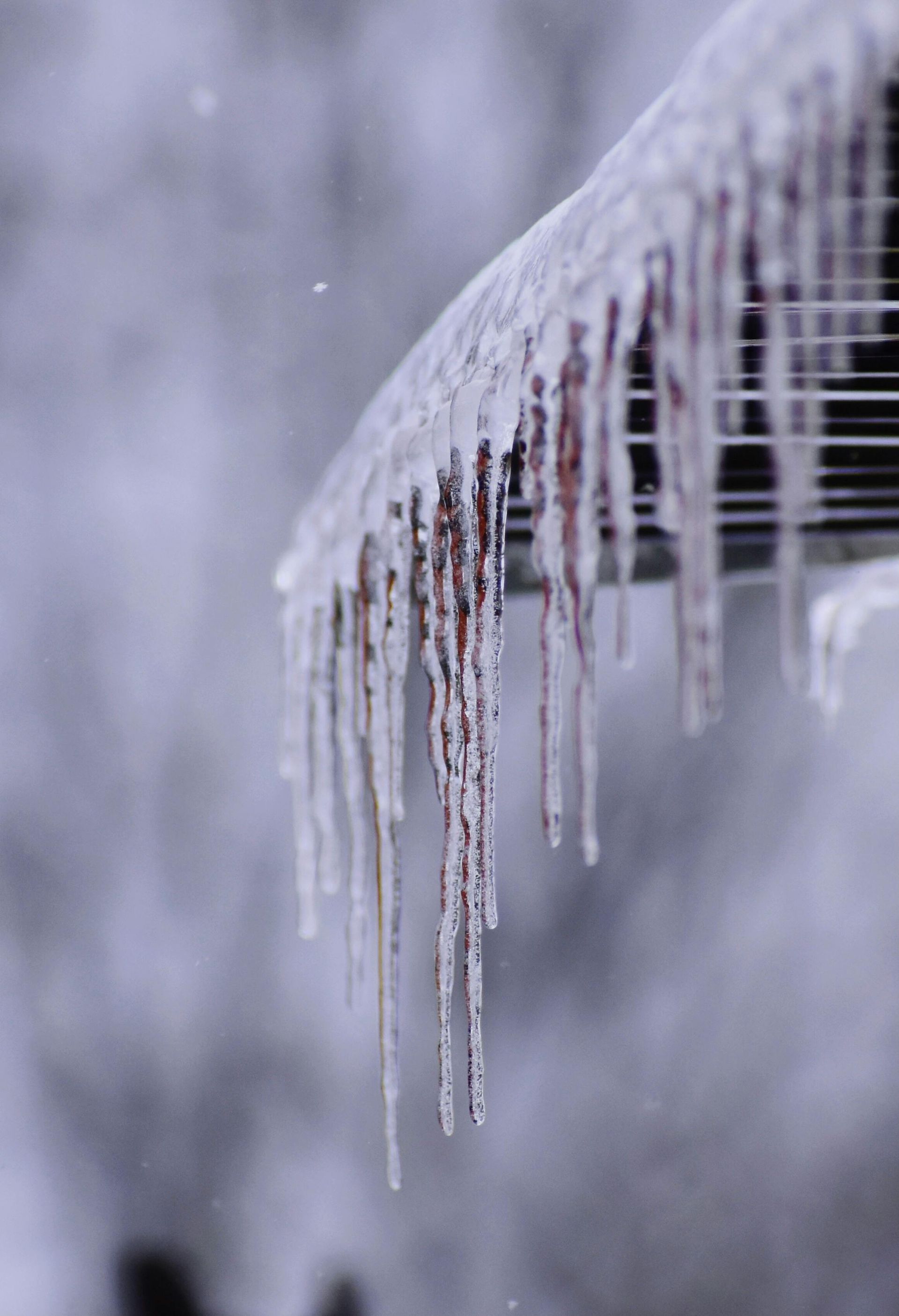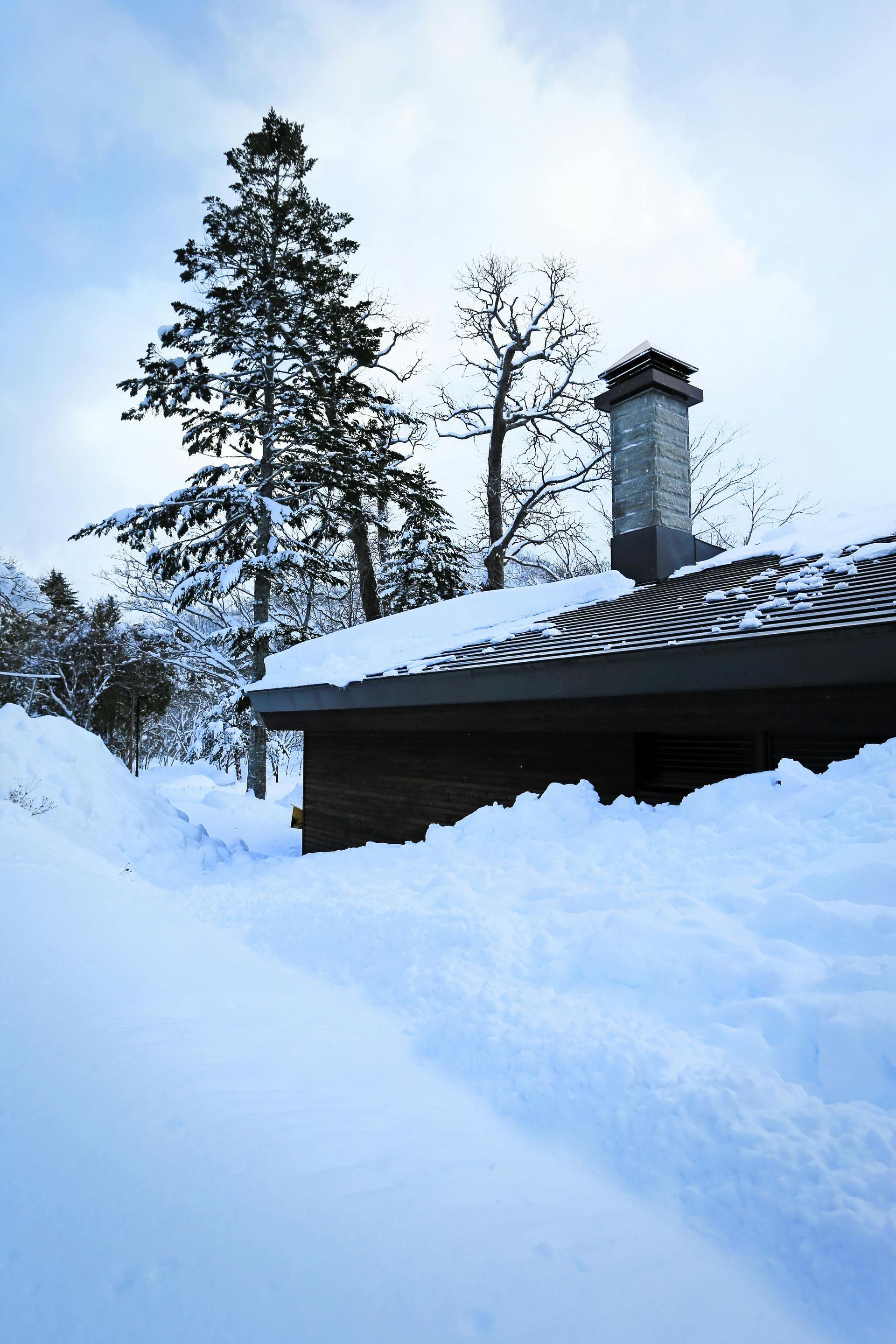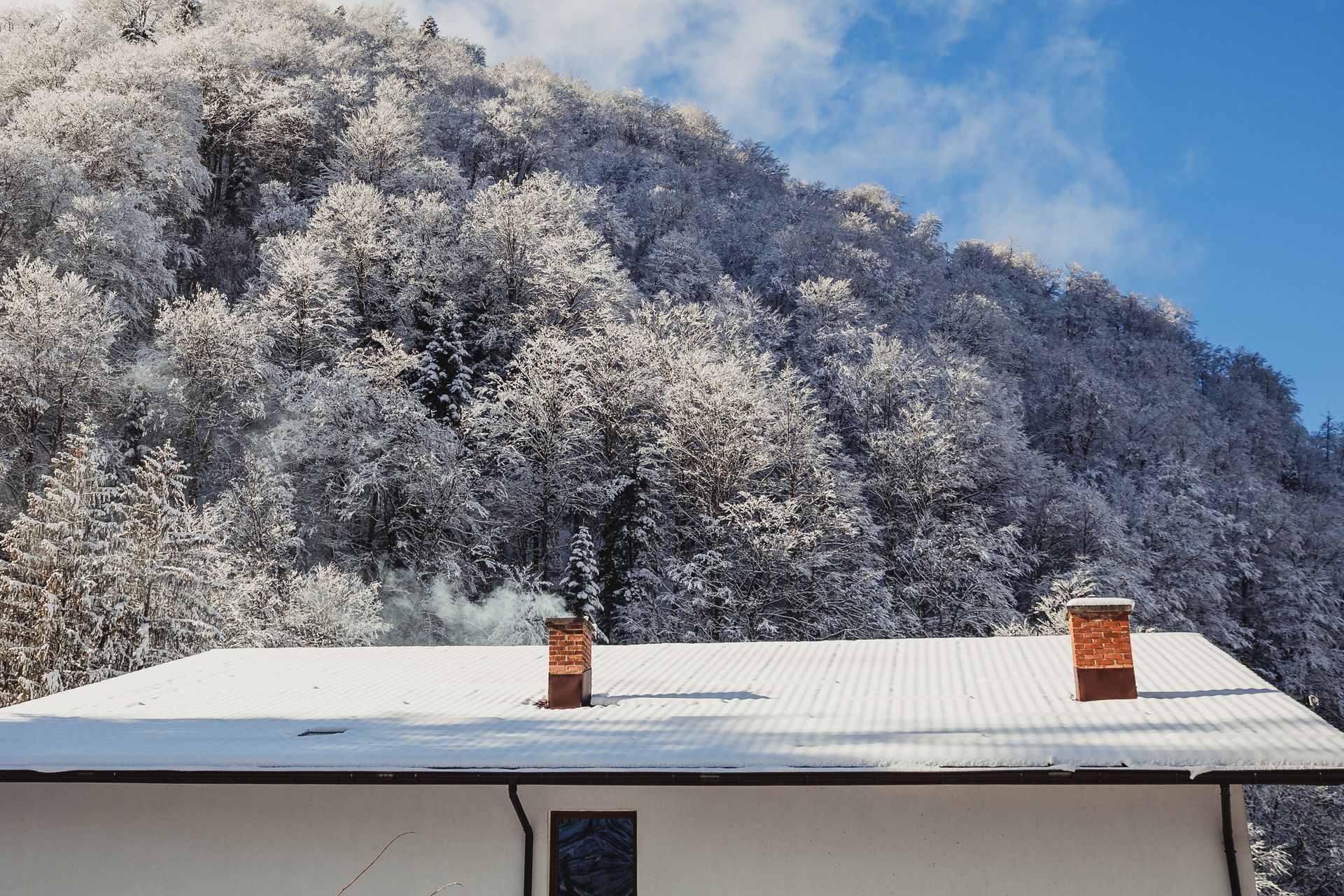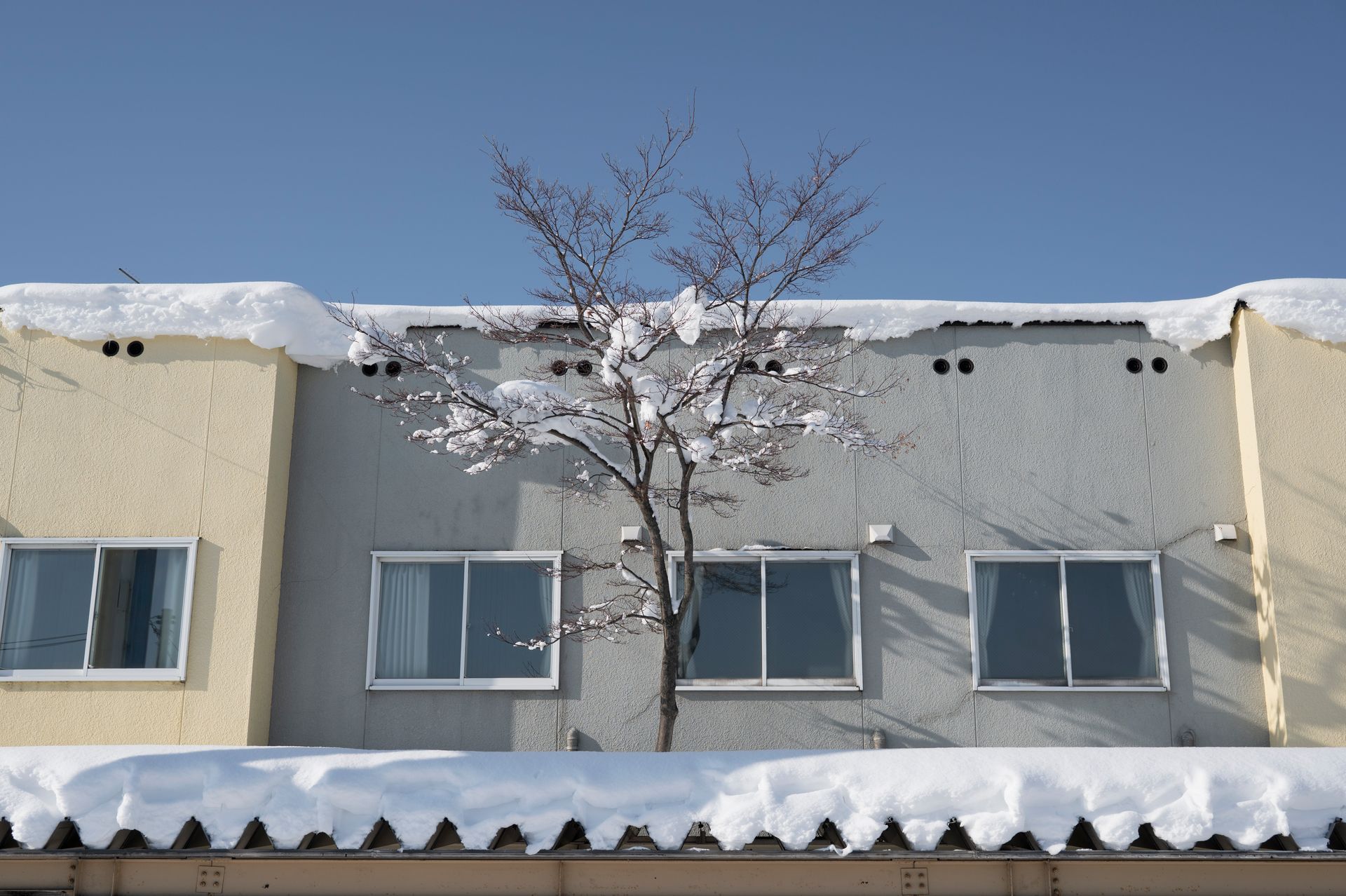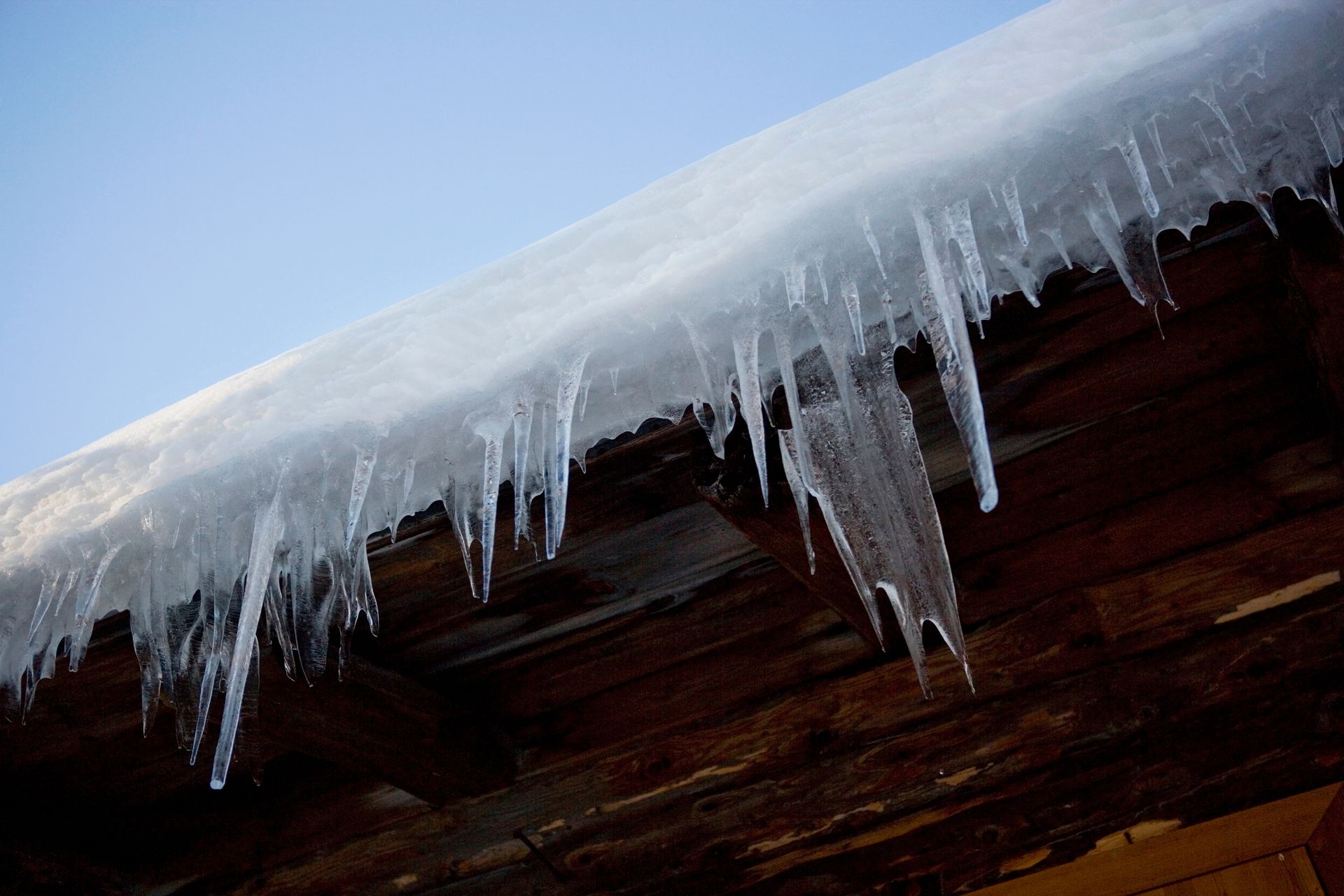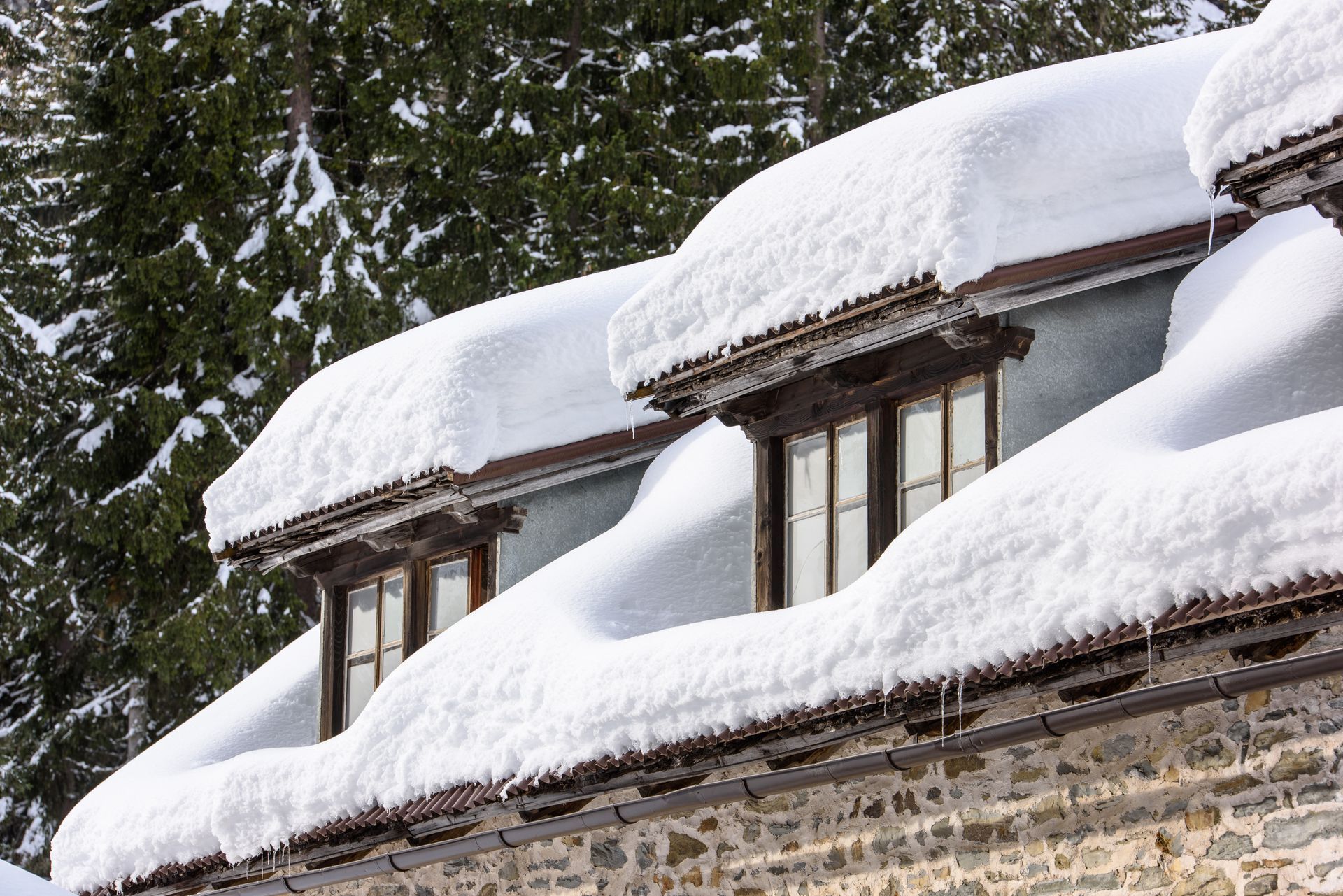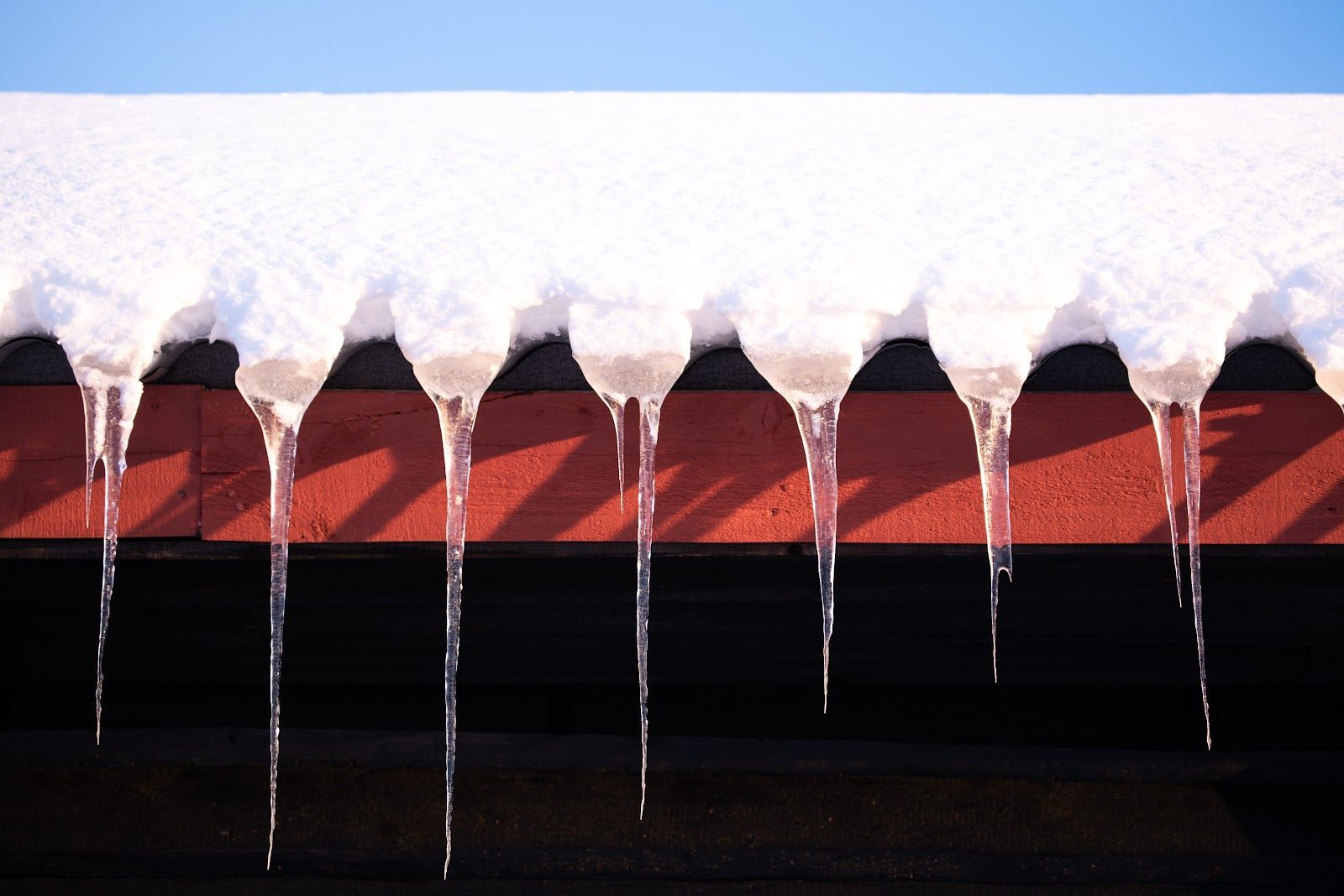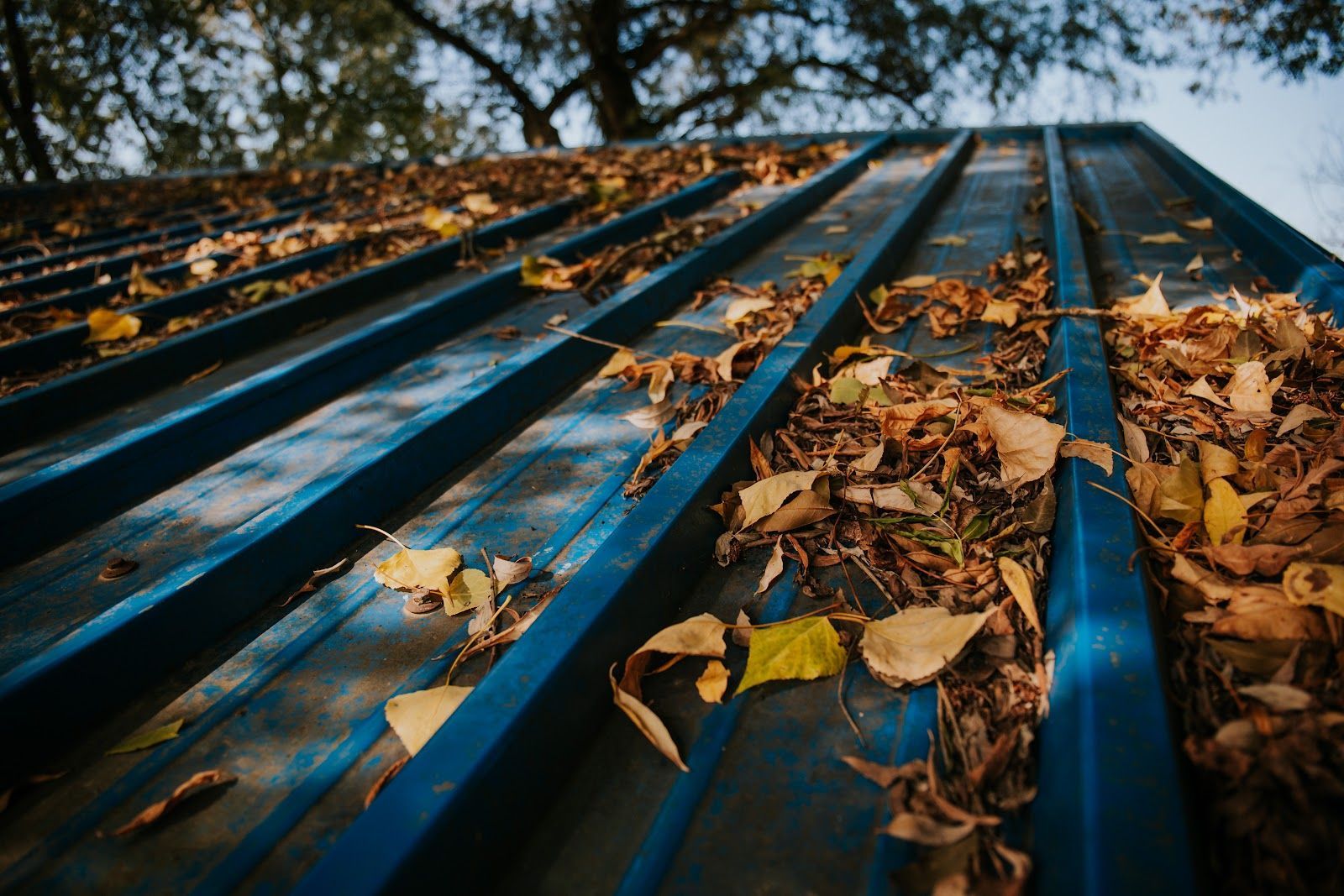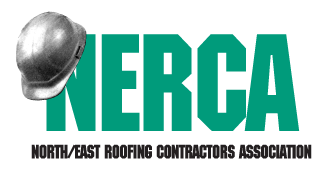The Ice Dam Problem: What Vermont Homeowners Need to Know
How to Keep Ice Dams from Damaging Your Vermont Roof
Living in Vermont means embracing snowy winters—but it also means dealing with one of the most frustrating roofing issues cold climates bring: ice dams. If you’ve ever noticed heavy icicles forming along your roofline or water dripping inside during a thaw, you’ve likely experienced the impact of an ice dam.
Understanding what they are, why they form, and how to prevent them is key to protecting your home from costly damage.
What Exactly Is an Ice Dam?
An ice dam is a ridge of ice that forms along the edge of your roof. It happens when heat from inside your home escapes through the roof, melting the snow sitting on top. That melted snow trickles down toward the eaves, where it refreezes in the colder overhang area. Over time, this process builds up a wall of ice.
The problem? Water from subsequent melts can’t flow off the roof properly. Instead, it pools behind the ice dam—and often finds its way under shingles and into your attic or walls.
Why Do Ice Dams Form?
Several factors contribute to ice dam formation, including:
- Poor insulation – Heat escaping through the roof melts snow unevenly.
- Inadequate ventilation – Without proper airflow, warm air gets trapped, creating hot and cold spots.
- Blocked gutters and drainage – If water has nowhere to go, it can freeze along the roof’s edge.
- Freeze-thaw cycles – Vermont winters often bring daytime melts followed by frigid nights, the perfect conditions for ice buildup.
How to Prevent Ice Dams Before They Start
While ice dams are common in New England, they’re not inevitable. Proactive steps can make a huge difference:
- Improve Attic Insulation
Keep warm air where it belongs—inside your home, not leaking into the roof. A well-insulated attic minimizes snowmelt. - Ensure Proper Ventilation
Roof vents, soffit vents, and ridge vents help balance temperatures by keeping cold air moving through the attic, reducing uneven melting. - Maintain Gutters and Downspouts
Clean gutters before winter hits so melted snow can drain freely. Consider adding gutter guards to reduce blockages. - Check Roof Drainage
Make sure water has a clear path away from your roof and foundation to prevent refreezing and structural issues.
What to Do If Ice Dams Already Form
If you spot an ice dam, don’t ignore it. Left unchecked, it can cause roof leaks, mold growth, and even structural damage. A professional roofer can safely remove ice dams and assess if any damage has already occurred. Avoid chipping away at ice yourself, as this can harm shingles and create more problems.
Protect Your Home This Winter
Ice dams may be a classic Vermont winter headache, but with the right insulation, ventilation, and roof care, you can prevent them from forming in the first place. Addressing the root causes now can save you thousands in repairs later—and keep your home safe, dry, and comfortable all winter long.


